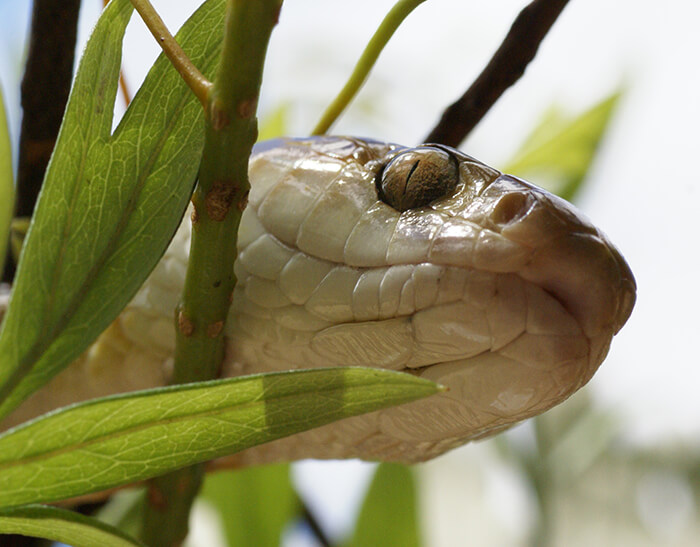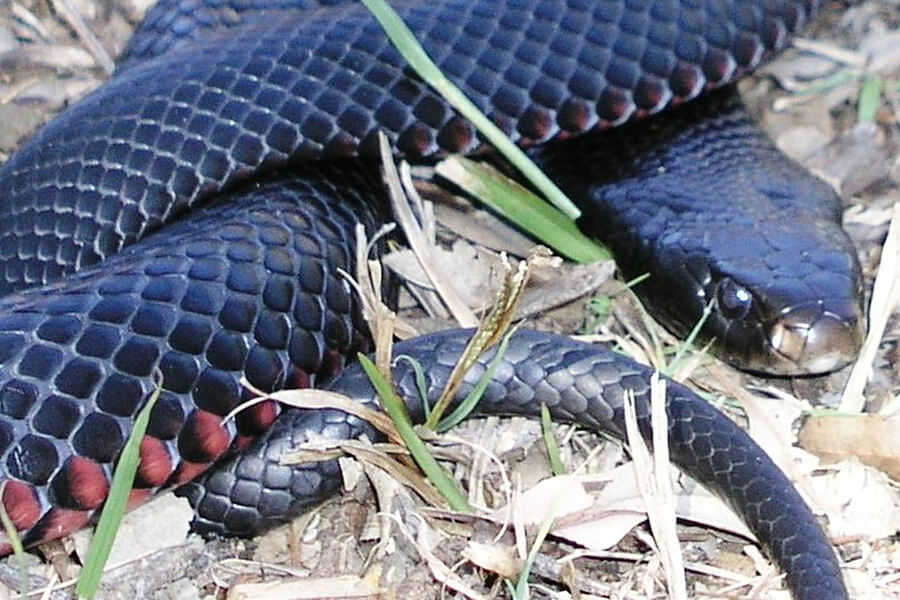Introduction
When it involves poisonous snakes, Australia is home to some of one of the most interesting and unsafe species worldwide. Amongst these, the Tiger Snake sticks out not only for its powerful venom however likewise for its fascinating actions. Recognizing the habits of poisonous serpents like the Tiger Serpent is vital for both wildlife enthusiasts and those residing in areas where these snakes are present. This post delves into various elements of Tiger Serpent actions, environment, recognition, safety measures, and emergency treatment practices in situation of a snake bite.
Understanding the Behavior of Venomous Snakes Like the Tiger Snake
The Tiger Snake, scientifically called Notechis scutatus, is notorious for its aggressive nature when endangered. These serpents exhibit a range of habits Visit this link that can be fairly different from their non-venomous equivalents.
Characteristics of Tiger Snakes
The Tiger Serpent is quickly identifiable because of its distinct bands or red stripes that look like a tiger's markings. They can vary in color from yellowish-brown to dark olive or black. This pigmentation serves not just as camouflage but also as a warning signal to potential predators.
Adaptability to Environment
One exceptional aspect of their actions is their versatility to different environments. Discovered largely in seaside regions, marshes, and wetlands across Australia and Tasmania, they can prosper in diverse environments including metropolitan locations.
Hunting Techniques
Tiger Serpents are ambush predators mainly feeding upon fish, frogs, and tiny animals. They have keen eyesight and an intense feeling of scent which helps them in locating victim effectively.
Venom Composition
Their poison has neurotoxins that influence the nerves, resulting in paralysis or death in smaller pets. For humans, prompt clinical interest is critical after a tiger snake bite because of its possibly lethal effects.
Natural Environment of Tiger Snakes
Preferred Locations
Understanding where these snakes reside sheds light on their behavior patterns. The tiger snake habitat includes:
- Coastal regions Swamps Grasslands Urban areas with abundant water sources
Seasonal Movements
During warmer months, Tiger Snakes are much more active as they bask in sunshine or quest for food. In contrast, cooler months see them pulling back into hibernation sites.
Are Tiger Snakes Venomous?
Yes! The question "are tiger serpents poisonous?" commonly occurs among those not familiar with this species. Their poison is considered among the deadliest amongst all snake species worldwide.
Symptoms of a Tiger Snake Bite
If bitten by a tiger serpent, signs may consist of:
- Localized pain Swelling at the bite site Nausea and vomiting Sweating and confusion
Immediate medical help is critical as neglected bites can bring about serious health and wellness difficulties or even death.
First Aid for Snake Bites: Quick Reaction Guide
Knowing exactly how to carry out emergency treatment for a snake bite could save somebody's life. Here's what you should do:
Step 1: Continue to be Calm
Keeping calm aids reduce heart rate which decreases venom spread.

Step 2: Debilitate the Impacted Area
Keep the impacted arm or leg still and listed below heart Evacuation Procedures level if possible.

Step 3: Call Emergency Services
Always seek professional medical assistance immediately after a serpent bite.
First Help for Serpent Bite Kit Essentials
A fully equipped snake bite first aid kit must consist of:
- A compression bandage Antiseptic wipes A set of scissors An ice bag
Safety Safety measures: Protecting against Serpent Bites in Australia
Awareness Programs
Educating areas regarding neighborhood serpent types and their behaviors can substantially decrease experiences bring about bites.
Avoiding Dangerous Areas
Staying far from lengthy lawn throughout warmer months lessens contact with serpents that may be relaxing or hunting.
Common Misunderstandings About Tiger Snakes
Many people believe misunderstandings about the habits of tiger snakes cause unneeded worry. Here are some information:
Myth 1: All Tigers Are Aggressive
Not all tiger serpents will certainly present hostility if left uninterrupted; several choose taking off as opposed to confrontation.
Myth 2: They Chase Humans
Tiger serpents do not proactively go after human beings; they may strike when they feel intimidated yet will typically pull away if given space.

Conservation Initiatives Connected to Poisonous Snakes
Conservation initiatives focus on enlightening neighborhoods about shielding regional wild animals while minimizing human-snake interactions.
Importance of Ecosystems
Understanding that venomous snakes play an essential role in maintaining environmental balance helps foster appreciation rather than fear in the direction of them.
FAQs About Tiger Snakes
What should I do if I come across a tiger snake?- Maintain range and gradually back away without unexpected movements.
- While attacks aren't very usual because of understanding initiatives, they still take place annually within Australia.
- Baby tiger serpents can provide complete dosages of venom regardless of being smaller; therefore caution is encouraged around them.
- They largely eat frogs, fish, tiny mammals like rats, and other reptiles.
- It's illegal in many territories without appropriate licensing as a result of security worries regarding their venom.
- Wear strong boots and stay on significant tracks; look before placing hands or feet into concealed rooms like rocks or logs.
Conclusion
Understanding the actions of venomous snakes like Nocturnal snakes Australia the Tiger Serpent not only boosts our understanding but likewise advertises safety and security understanding amongst those living near their habitats. From recognizing their attributes, comprehending first aid methods adhering to a bite, with involving conservation efforts-- every aspect plays an essential duty in cultivating coexistence with these interesting reptiles while respecting their location within our ecosystem.
As we grow our understanding via education and learning and experience, we contribute favorably toward making certain both human safety and security and wildlife preservation-- profiting all parties involved!